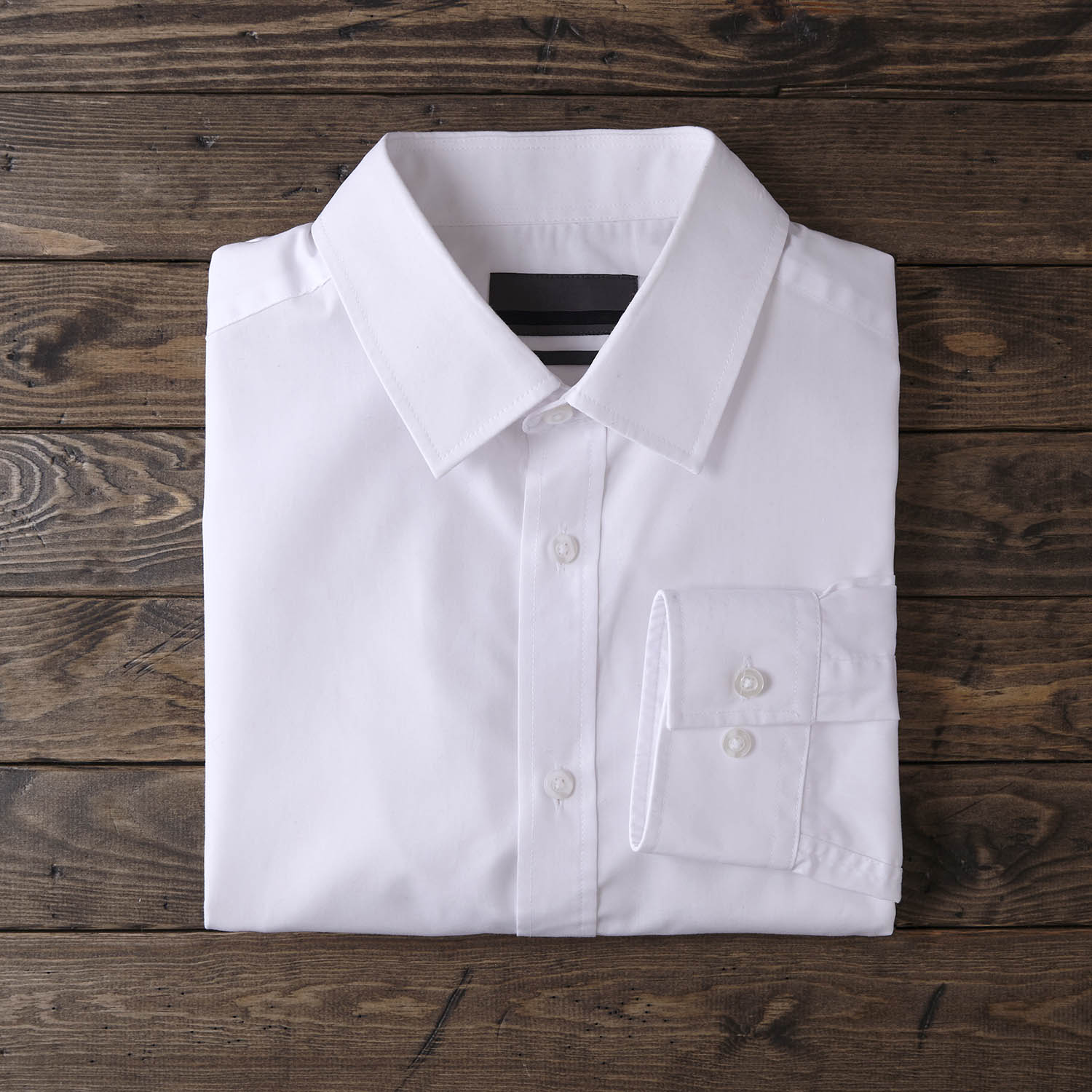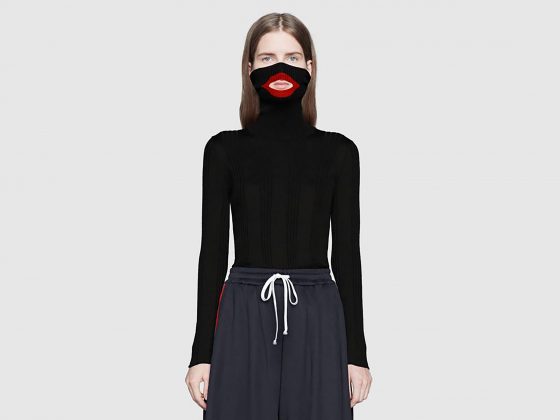No one in the office would take you seriously if you’re not dressed to perfection – this includes the shirt that you wear. Your upper torso is where first impressions lie so if you want to kill that job interview, it is pivotal to get yourself a proper fitted formal shirt. Fortunately, we here at FR Outlet know exactly how you can get yourself one without any regrets.
Collar
One of the first things that onlookers commonly glance at is the collar, so it’s important you get one that fits right. The collar plays its role in creating an outfit that is optimally balanced as well as ensures that you’ve invested in a shirt that is comfortable to wear. To know whether you’ve made the right choice, try to slide two fingers in between your neck and collar without trying to force them in. If you’re unable to do so, then the shirt is tight. But if the collar doesn’t touch the neck at all and you can slide both fingers in without moving the cloth, then the shirt is too big.
Shoulders
The seam where the sleeve is attached to the body of the fitted dress shirt has to meet the corner of your shoulders, which is the furthest point from the center of your chest. This point is called the armscye (the hole where the sleeve is connected to the shirt). If the shoulder seam is sitting close to your neck, then the dress shirt is too tight, which would then cause a wrinkle in the shirt sleeve. Alternatively, if the seam is placed below the point where your shoulder meets your arm, then the dress shirt is too loose.
Torso
The dress shirt’s torso has to be slim and easy to button, while also ensuring it doesn’t give away any more than three or four inches of fabric when you pull the shirt from your stomach or chest. For the length, the shirt has to end a few inches after the beltline, so that it stays tucked in when you move or raise your arms.
Sleeves
The sleeves need to be slightly wide at the bicep, with a smooth, even taper that leads to the cuff. They mustn’t pinch at the shoulder or the elbow, and nor should they slack too much where they start creating folds of material. And you’ll want the length of the sleeves to end right at the base of your palms without it being shorter or longer.
Armholes
Your dress shirt’s armhole determines how snugly it fits around your shoulder, chest, and armpit. Many shirt brands with standard sizing make their armholes big, just to serve a wide range of client body types. If you see excess fabric hanging underneath your arm, this indicates that the armhole has been cut too low for your body type. On the other hand, if the armhole has been cut too high, it may restrict the range of movement for your arms, which can result in you feeling stifled. Therefore, the armhole is a critical element of your dress shirt fit.
Chest
The best dress shirts need to fit comfortably around the chest, across the upper back and under the armpits, granting full freedom of motion. Typically, a well-fitted shirt will slid in snugly without it being too tight. Your chest in particular, needs to fill out the shirt in a way where your body is discernible under the fabric.
Cuffs
And for the cuffs, they have to fit close to the wrist as well as offer enough space to comfortably move around. So as a test, try pulling your shirt off without unbuttoning the cuffs. If this is possible and there are no wrinkles formed, then you have a shirt that fits.

















